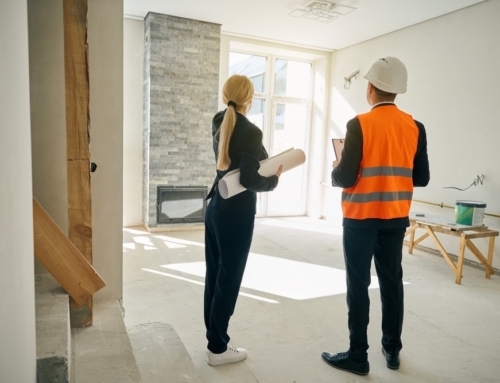One of the most frequently-asked questions in residential real estate is "How much is it worth?"
The answer to that question, beyond analyzing the size and amenities of the home, depends on five issues, each of which may have an impact on the value of the property:
- Location. The old broker’s maxim, “location, location, location,” refers to more than which city or suburb the property falls within. When real estate agents talk about location, they are referring also to the home’s location within a neighborhood, within a street, and (for condos and coops) even within a single building.
It’s important to evaluate location with respect to a property’s value. In the neighborhood in which you’re looking to buy a home or already live, corner lots may be the most valuable, or the least. If you have two identical homes and one is in the middle of the block and one is on the corner, one will inherently be more valuable than the other, simply based on which location is more valued by the community.
The same is true for condominiums and coops. Within any single building, the condos on one side will be more valuable than the others. For example, condos with a view of a lake may be more valuable than condos with a view of the woods.
- Condition and Maintenance. Condition refers to the current physical condition of the property. Maintenance refers to the amount of upkeep that will be needed to maintain the property in the condition you prefer. Both of these factors play a critical role in determining the worth of a home.
Most home buyers today prefer to purchase a home in move-in condition. They want the work already done. So a home in “blue ribbon” condition, where everything has been renovated, freshly painted, and spotlessly clean will sell for more money than the identical home that needs decorating at best and quite a bit of renovation at worst.
Some properties are easier to maintain than others, and this may also play a part in determining value. For example, many buyers prefer a brick exterior and a slate roof specifically because they require so little maintenance. Vinyl siding may not command the same price, but may be prized for its low level of maintenance. Clapboards, on the other hand, need to be scraped and painted or stained every 5 to 7 years. Inside, hardwood floors need to be waxed every year or two (or re-polyurethaned every 5 years), but will last years longer than carpet.
-
Property Taxes. In many areas, property taxes are an increasingly heavy load. When determining the value of a home, look at the property taxes. Then compare them to other properties you’ve seen in the same price range. Ideally, a $150,000 home in one suburb would have nearly the same property taxes as the same price house in the suburb next door. But that rarely happens. Typically, a home with higher-than-average property taxes will sell for less money.
-
Assessments. For condo, coop and some townhouse dwellers, assessments are another factor to consider when determining the value of property. Some buildings and townhouse associations levy higher assessments than others. Some are trying to build up their reserves while others are attempting to cope with long-term, expensive maintenance work.
Either way, a high assessment often detracts from the value of the property. Home buyers, concerned about their monthly out-of-pocket expenses tend to shy away from properties that require a higher monthly cash outlay. In addition, lenders will generally lessen the amount of money you can borrower if the property has an assessment.
Of course, you have to look carefully when comparing assessments. A coop’s assessment might seem much higher than the condo next door. But that may be because the coop’s assessment includes a 1/12 share of real estate taxes where as the condo’s doesn’t. For a true comparison, look at each line item of each assessment so you can compare apples-to-apples.
- Market Forces. At the end of the day, there are forces beyond your control that can influence the value of property.
If you are in a buyer’s market, where there are more homes for sale than qualified buyers to purchase them, property values tend to go down. Conversely, if you’e in a seller’s market, where there are too many buyers for too few properties, prices will go up. These market forces can change quickly — within a couple of weeks. Savvy buyers and sellers stay on top of these trends so that they can value property correctly.
As a buyer or a seller, the best thing you can do is to be realistic when determining the value of property. If you don’t, you may find yourself unable to complete your purchase or sale.






Leave A Comment